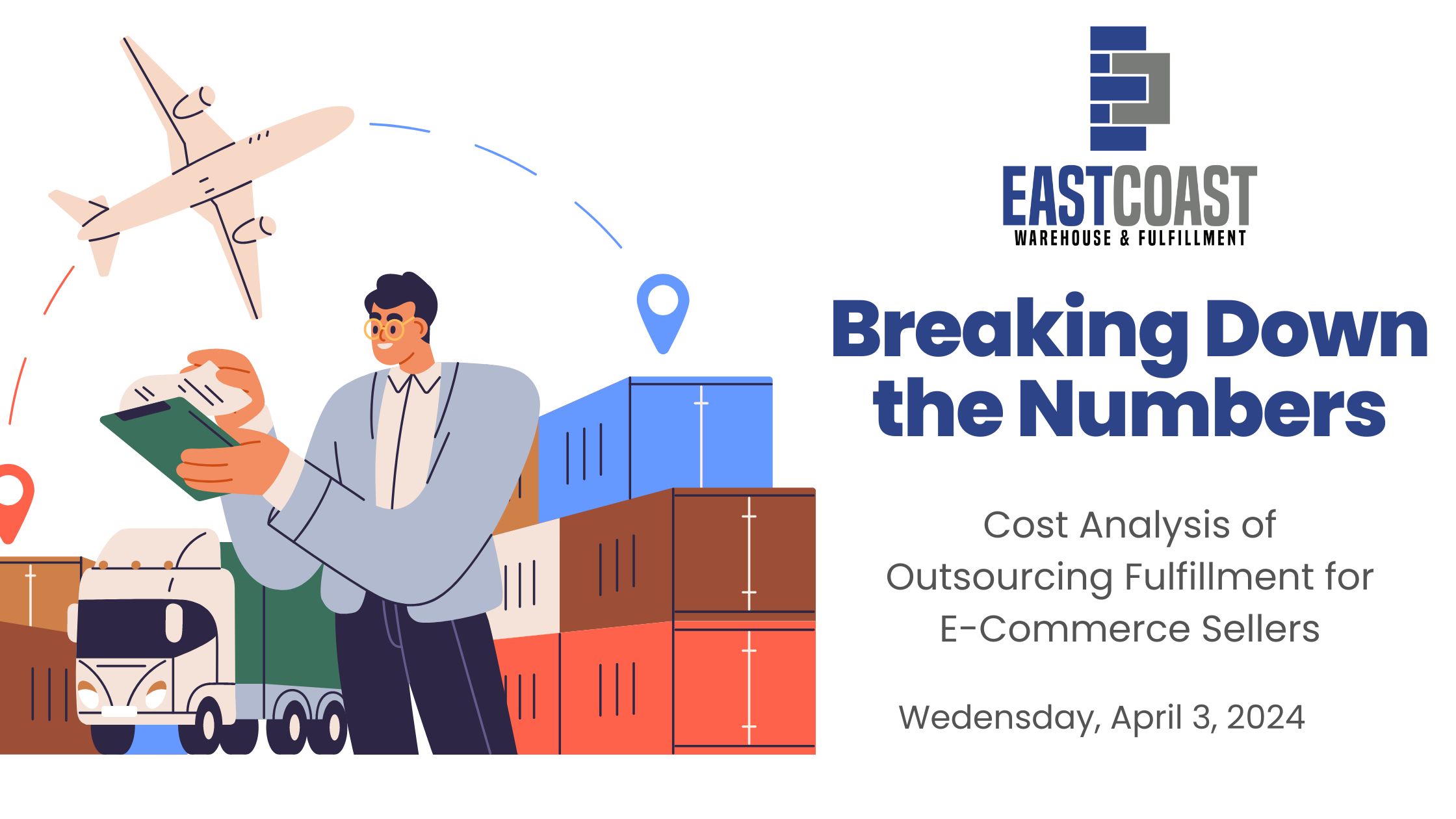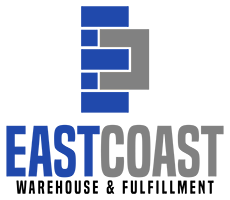
Breaking Down the Numbers: Cost Analysis of Outsourcing Fulfillment for E-Commerce Sellers
Breaking Down the Numbers: Cost Analysis of Outsourcing Fulfillment for E-Commerce Sellers – Managing costs is essential for maintaining profitability and competitiveness. As online retailers strive to streamline their operations and improve efficiency, many are turning to outsourced fulfillment services to handle their order processing, warehousing, and shipping needs. But how does outsourcing fulfillment impact the bottom line? In this blog post, we’ll break down the numbers and conduct a cost analysis to determine the financial implications of outsourcing fulfillment for e-commerce sellers.
Understanding the Costs of In-House Fulfillment
Before diving into the cost analysis of outsourcing fulfillment, it’s essential to understand the expenses associated with in-house fulfillment operations. In-house fulfillment involves managing warehousing, inventory management, order processing, packing, and shipping—all of which incur various costs:
Warehousing: Rent or mortgage payments for warehouse space, utilities, insurance, and maintenance expenses.
Labor: Wages, benefits, payroll taxes, and training costs for warehouse staff responsible for order fulfillment.
Inventory: Costs associated with purchasing, storing, and managing inventory, including carrying costs and the risk of overstocking or stockouts.
Equipment and Technology: Investment in warehouse equipment (e.g., shelving, pallet racks, forklifts) and technology (e.g., inventory management software, barcode scanners).
Packaging Materials: Expenses for packaging materials (e.g., boxes, tape, packing materials) used to pack orders for shipping.
Shipping: Shipping costs, including carrier fees, packaging, and postage, as well as returns processing and handling fees.
Conducting a Cost Analysis of Outsourcing Fulfillment
Now, let’s compare the costs of in-house fulfillment with the expenses associated with outsourcing fulfillment to a third-party provider. When outsourcing fulfillment, e-commerce sellers typically pay for services on a per-order basis or through a monthly fee structure, which may include:
Fulfillment Fees: Charges for order processing, picking, packing, and shipping each order.
Storage Fees: Monthly fees for storing inventory in the fulfillment provider’s warehouse or fulfillment center.
Additional Fees: Additional charges for special services, such as kitting, labeling, returns processing, and custom packaging.
Cost Analysis Example: In-House Fulfillment vs. Outsourced Fulfillment
Let’s illustrate the cost analysis with a hypothetical example:
Scenario:
Monthly order volume: 1,000 orders
Average order value: $50
Monthly storage space needed: 1,000 square feet
Labor cost per order (in-house fulfillment): $2 per order
Cost Analysis:
In-House Fulfillment:
Fulfillment Fees: $3,000 (estimated fulfillment fees at $3 per order)
Storage Fees: $1,000 (estimated storage fees at $1 per square foot)
Additional Fees: $500 (estimated additional fees)
Total Monthly Cost: $4,500
Analyzing the Results
Based on the cost analysis example above, outsourcing fulfillment results in a total monthly cost of $4,500, compared to $10,000 for in-house fulfillment. This represents a potential cost savings of $5,500 per month—or $66,000 per year—for the e-commerce seller.
Warehousing: $2,000 (estimated monthly warehouse expenses)
Labor: $2,000 (1,000 orders * $2 per order)
Inventory: $3,000 (estimated carrying costs)
Equipment and Technology: $500 (estimated monthly equipment and software expenses)
Packaging Materials: $500 (estimated monthly packaging expenses)
Shipping: $2,000 (estimated monthly shipping costs)
Total Monthly Cost: $10,000
Outsourced Fulfillment:
Considerations and Caveats
It’s essential to note that the actual costs of outsourcing fulfillment may vary depending on factors such as order volume, SKU complexity, storage needs, shipping destinations, and service levels. Additionally, while outsourcing fulfillment can yield cost savings, e-commerce sellers should also consider other factors, such as service quality, reliability, scalability, and the impact on the customer experience.
Conducting a cost analysis of outsourcing fulfillment is essential for e-commerce sellers looking to optimize their operations and maximize profitability. By comparing the costs of in-house fulfillment with the expenses associated with outsourcing fulfillment, sellers can make informed decisions about the most cost-effective fulfillment strategy for their business. While outsourcing fulfillment may result in significant cost savings, it’s crucial to weigh the financial implications against other factors to determine the best solution for long-term success.
If you’re an e-commerce seller considering outsourcing fulfillment, conducting a thorough cost analysis can help you make a well-informed decision and position your business for growth and profitability in the competitive e-commerce landscape.
